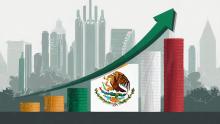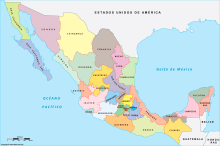The Plastics Industry In Mexico Facing A Sustainable Future
According to the National Association of Plastics Industries (ANIPAC), the plastics industry in Mexico represented 3.14% of the manufacturing GDP in 2023, which reflects its economic relevance for the national industry. This industry maintains a high incidence in sectors such as auto parts, packaging and containers, which have maintained a constant growth in recent years, consolidating its importance within the country's industrial panorama. However, the sector is facing significant challenges, such as the growing demand for more sustainable solutions and regulations related to the































